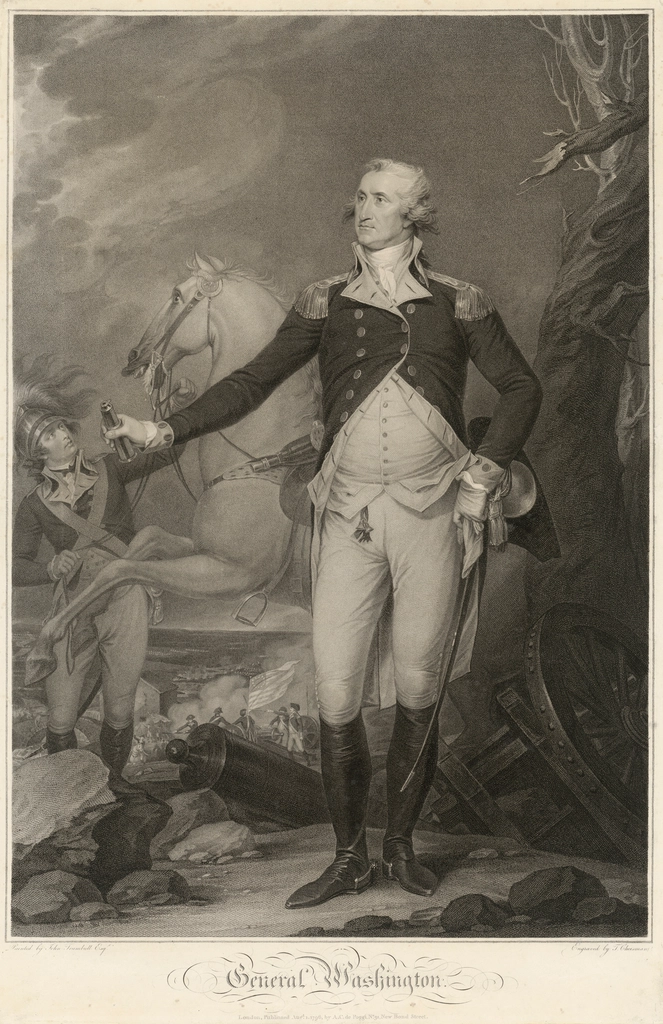Tariffs have long been a topic of heated debate, stirring emotions and fueling discussions about economic fairness. But have you ever paused to consider who truly bears the brunt of these taxes? Is it the foreign producers who are targeted, or is it the unsuspecting American consumers? The answer might surprise you, and it’s crucial to unravel this economic mystery to understand the far-reaching implications of tariffs.
Understanding the Basics of Tariffs

At their core, tariffs are taxes imposed by a government on imported goods. They are often introduced with the intention of protecting domestic industries from foreign competition. By making imported products more expensive, tariffs aim to encourage consumers to buy home-grown goods. However, the straightforward nature of this policy belies its complex economic repercussions. The question of who ultimately pays for tariffs is not as simple as it may seem, demanding a deeper dive into the economic mechanics involved.
The Strategic Intent Behind Tariffs

The primary goal of tariffs is to bolster domestic industries by discouraging the purchase of foreign goods. By imposing these taxes, governments hope to level the playing field for local manufacturers. Nevertheless, this protectionist approach can have unintended drawbacks. While it may safeguard jobs in certain sectors, it can lead to increased prices for consumers and even spark international tensions. The delicate balance between protecting domestic interests and maintaining healthy trade relations is a constant struggle in the political arena.
Impact on Consumer Prices

When tariffs are applied, the cost of imported goods invariably rises. This hike is usually passed down to consumers, manifesting as higher prices on store shelves. For instance, if a tariff is levied on steel imports, industries that depend on steel will face elevated production costs. These increased expenses often translate to higher prices for end products, such as cars and household appliances. Studies have shown that American consumers have shouldered billions in extra costs due to tariffs, particularly during recent trade conflicts.
Consequences for Foreign Producers

While it might appear that American consumers are the primary victims of tariffs, foreign producers are also significantly affected. Tariffs can lead to a drop in demand for their products in the U.S., forcing them to either absorb the extra costs or lower their prices to remain competitive. This can squeeze profit margins and potentially lead to job losses in their home countries. Hence, the ripple effects of tariffs are felt on both sides of the trade equation, affecting both American buyers and foreign sellers.
The Broader Economic Ripple Effect

The implications of tariffs extend beyond immediate price hikes. They can disrupt supply chains, causing inefficiencies and raising production costs for businesses. For example, a company that imports components from abroad may find that tariffs on these parts increase their overall production expenses, potentially leading to layoffs or reduced investments in growth. This ripple effect can have long-term consequences for the economy, impacting everything from job creation to consumer spending habits.
Changing Consumer Behavior

Tariffs can significantly influence consumer behavior. Faced with higher prices for imported goods, consumers might alter their purchasing habits. Some may opt for domestic products, thereby supporting local industries, while others might seek cheaper alternatives, including second-hand goods or items from countries not subject to tariffs. This shift can change market dynamics, determining which industries flourish or falter over time.
The Political Debate on Tariffs

Tariffs often become a contentious issue in political circles. Politicians may advocate for tariffs as a way to protect domestic jobs and industries, appealing to voters who fear the effects of globalization. However, the broader economic consequences can lead to backlash from consumers who feel the pinch of increased prices. The political landscape surrounding tariffs is intricate, with various stakeholders championing different strategies based on their interests and priorities.
Real-World Examples of Tariff Implementation

Recent trade disputes, such as those between the U.S. and China, offer tangible examples of how tariffs impact both consumers and producers. In these instances, tariffs were slapped on a range of goods, resulting in significant price hikes for American consumers. Research has shown that American households faced higher costs, while foreign producers struggled to maintain their market share. These case studies underscore the delicate balance between protecting domestic industries and the potential burdens placed on consumers.
Conclusion: The True Bearers of Tariff Costs

In conclusion, the question of who truly pays for tariffs is multifaceted. While tariffs are designed to shield American industries, the reality is that both American consumers and foreign producers share the burden. Consumers encounter higher prices, while foreign manufacturers may see reduced demand and profit margins. Understanding this dynamic is vital for policymakers as they navigate the complexities of international trade and economic policy.
Reflecting on the Future of Tariffs

As the global economy continues to evolve, the implications of tariffs will remain a critical topic of discussion. It’s essential for consumers, businesses, and policymakers to consider the broader economic impacts of tariffs and strive for solutions that balance protectionism with the benefits of free trade. The question remains: as we move forward, how will the landscape of tariffs shape the future economic environment?







